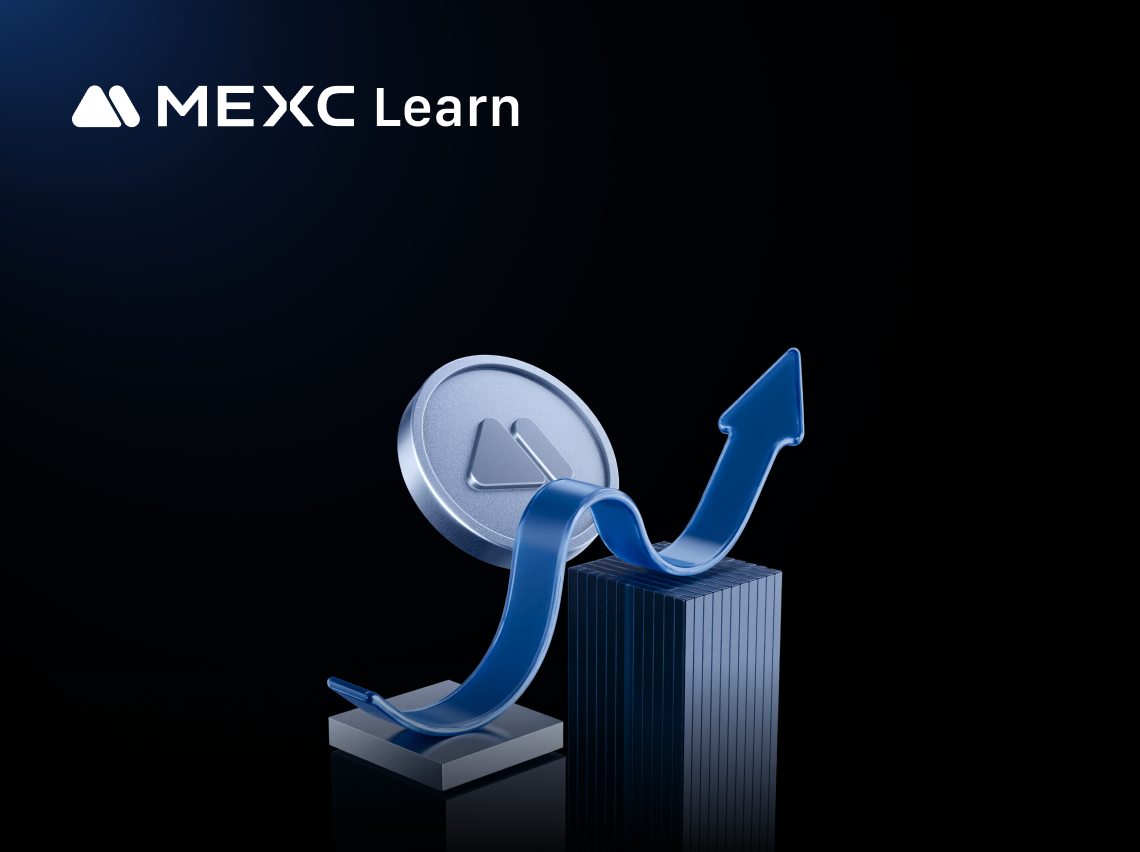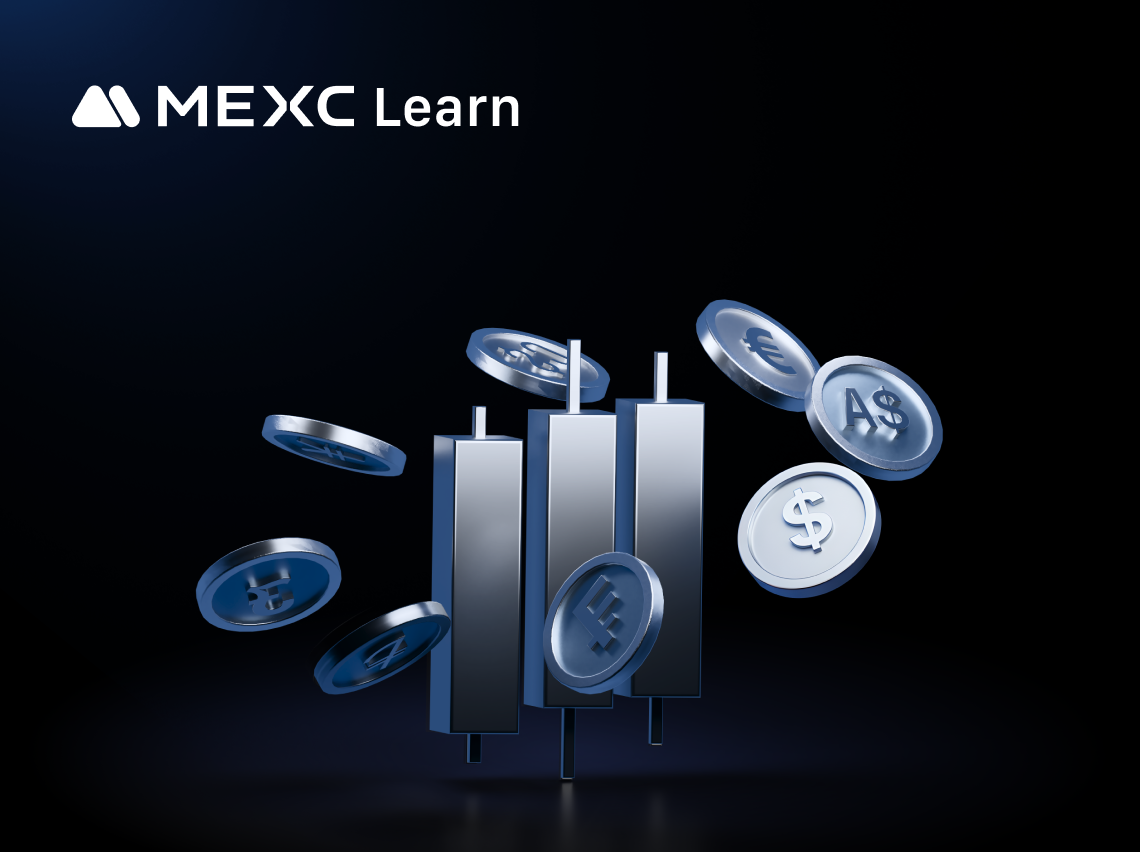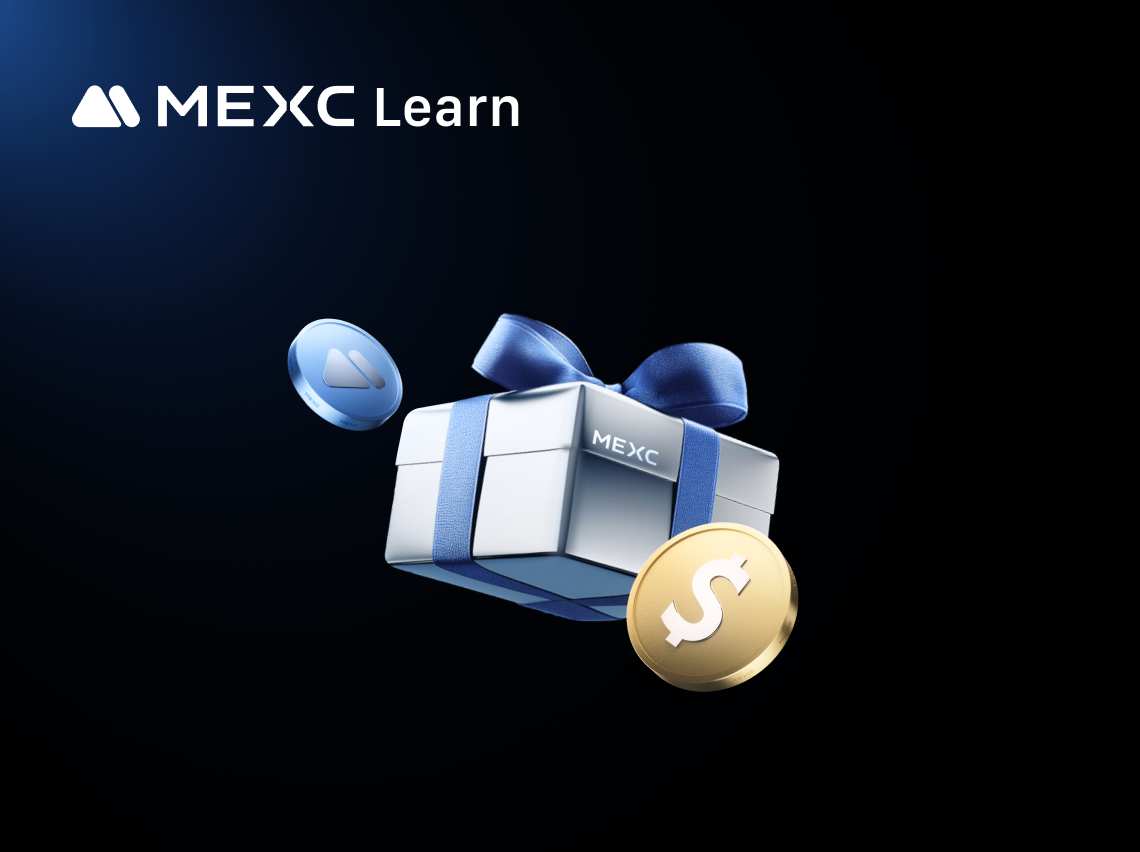Digital Signatures and Their Role in ZChains
What are Digital Signatures in Cryptocurrency?
Digital signatures are cryptographic mechanisms that provide proof of ownership and authorization in blockchain networks. In the context of cryptocurrency, a digital signature is a mathematical scheme that allows users to verify the authenticity and integrity of transactions. Unlike physical signatures, which can be forged or duplicated, digital signatures in the ZChains ecosystem are mathematically unforgeable when implemented correctly.
Every digital signature system in ZChains consists of three core components:
- A signing algorithm
- A verification algorithm
- A key generation algorithm
These components work together to create a tamper-evident seal that confirms a transaction was authorized by the rightful owner of the private key associated with a specific ZChains (ZCD) address. The importance of digital signatures for ZChains and ZCD token transactions cannot be overstated—they form the cryptographic backbone of the entire decentralized ZChains network, enabling trustless peer-to-peer transactions without the need for intermediaries or centralized authorities.
The Technical Foundation of ZChains Digital Signatures
ZChains employs the Elliptic Curve Digital Signature Algorithm (ECDSA) as its primary cryptographic foundation. ECDSA offers stronger security with shorter key lengths and faster computational processing compared to earlier cryptographic methods. At the heart of this system is the principle of asymmetric cryptography, which uses a pair of keys:
- Private key: Must be kept strictly confidential.
- Public key: Derived from the private key through a one-way cryptographic function.
This mathematical relationship ensures that while it is computationally trivial to generate a public key from a private key, the reverse process is practically impossible with current technology. When signing a ZChains transaction involving ZCD tokens, the system creates a unique digital fingerprint of the transaction data using a cryptographic hash function, which is then encrypted with the sender's private key to produce the signature. Anyone with access to the transaction data, signature, and sender's public key can verify the authenticity—without ever needing to know the private key itself.
How Digital Signatures Work in ZChains Transactions
When initiating a ZChains transaction with ZCD tokens, the wallet software first creates a digital message containing critical transaction details, including:
- Sender's address
- Recipient's address
- Amount of ZCD to be transferred
- Transaction fee
This message is then passed through a cryptographic hash function to generate a fixed-length digest that uniquely represents the transaction. The user's private key is used to mathematically sign this digest, creating a digital signature that is unique to both the transaction data and the private key used. This signature, along with the original transaction data, is broadcast to the ZChains network where nodes can verify its authenticity.
Verification occurs when validators use the sender's public key to check that the signature matches the transaction data. This process confirms that:
- The transaction was indeed signed by the owner of the corresponding private key.
- The transaction data hasn't been altered since signing.
Once verified, the ZCD token transaction is included in a block and added to the ZChains blockchain, becoming a permanent, immutable record.
Security Considerations for ZChains Digital Signatures
The security of ZChains digital signatures depends primarily on proper private key management. Common vulnerabilities include:
- Inadequate key storage methods
- Susceptibility to phishing attacks
- Malware designed to capture keystrokes or access wallet files
A compromised private key can lead to irreversible theft of ZCD tokens, as transactions on the ZChains blockchain cannot be reversed or canceled once confirmed. Sophisticated attacks may include side-channel attacks (analyzing power consumption or electromagnetic emissions during signing) and quantum computing threats that could potentially break current cryptographic algorithms in the future. While these threats are largely theoretical for ZChains at present, the ecosystem continues to research quantum-resistant signature schemes.
Best practices for securing ZChains signatures include:
- Using hardware wallets that keep private keys isolated
- Implementing multi-signature arrangements requiring multiple keys to authorize ZCD transactions
- Maintaining offline or cold storage solutions for keys controlling significant ZCD token assets
- Regularly updating wallet software to incorporate the latest security patches and cryptographic improvements
Practical Applications of Digital Signatures in ZChains
Beyond basic transaction verification, digital signatures enable:
- Complex smart contract interactions on the ZChains network, allowing for trustless execution of programmatic agreements between parties using ZCD tokens.
- Decentralized finance (DeFi) protocols, where digital signatures authenticate lending, borrowing, and trading operations with ZCD tokens with mathematical certainty.
- Decentralized identity solutions, where ZChains users can selectively reveal personal information without compromising their entire identity profile, enabling privacy-preserving authentication for services like age verification and credential validation.
- Cross-chain verification mechanisms, where ZChains digital signatures facilitate secure asset transfers between different blockchain networks through cryptographic proof mechanisms. These bridges rely on robust signature verification protocols to ensure ZCD tokens can only be claimed on the destination chain when properly released from the source chain, maintaining the integrity of both ecosystems.
Conclusion
Digital signatures serve as the security backbone of ZChains, enabling trustless transactions while ensuring that only rightful owners can transfer ZCD tokens. MEXC implements robust signature verification to protect your ZChains (ZCD) trades while maintaining a seamless experience. Ready to put this knowledge into practice? Our "ZChains Trading Complete Guide" offers everything you need to confidently start to know ZChains and trade ZCD tokens today.
Popular Articles

How to Stake Cardano? ADA Staking Guide for Beginners
Looking to earn passive income with your Cardano holdings? Staking ADA offers a straightforward way to generate rewards while supporting network security. This guide covers everything from basic staki

Lido Staking: Earn ETH Rewards Without Locking Your Assets
Want to earn passive income from your Ethereum holdings without giving up access to your funds?Lido staking solves the biggest problem with traditional ETH staking—locked assets and high entry barrier

How to Store Dogecoin (DOGE) Safely?Practical Wallet Guide & Risk Avoidance Tips
Securing your digital assets is the most critical step after acquiring cryptocurrency. For Dogecoin (DOGE) - a digital currency celebrated for its community-driven approach and ease of use - selecting

USDT Staking: How to Earn Interest on Tether with High APY Rates
Earning passive income from cryptocurrency doesn't always mean riding volatile price swings. USDT staking offers a way to generate returns on your Tether holdings while maintaining the stability of a
Hot Crypto Updates

Nine-Figure Net Worth: The New Milestone in Wealth Creation
The concept of nine-figure net worth, ranging from $100 million to just under $1 billion, marks a critical threshold in the modern economy distinguishing ultra-high-net-worth individuals (UHNWIs) from

Dogecoin (DOGE) Bullish Price Prediction
Introduction to Bullish DOGE OutlookOptimistic investors often look to bullish price predictions for Dogecoin (DOGE) to identify the coin's growth potential during favorable market cycles. A bullish o

Dogecoin (DOGE) 7-day Price Change
The Latest Dogecoin (DOGE) price has shown notable short-term fluctuations over the past week, reflecting shifting sentiment around meme coins and broader market conditions. In this article, we'll exa

BOB (BOB) Price Updates: Latest Market Movements and Cryptocurrency Trading Insights
Staying updated with the latest price updates of BOB (BOB) helps crypto traders and investors monitor market shifts, track cryptocurrency volatility, and make timely investment decisions in the crypto
Trending News

Press Release Distribution Services: Build Your Brand, Reputation, and Search Engine Rankings
In today’s fast-paced digital world, standing out in a crowded marketplace requires more than traditional marketing efforts. Businesses, entrepreneurs, and organizations

XA36P – Warning, Capital Loss and Financial Ruin
XA36P – Warning, Irreversible Capital Destruction and Investor Ruin. The burgeoning cryptocurrency market has become a target for elaborate financial schemes,

Gold continues to hit new highs. How to invest in gold in the crypto market?
As Bitcoin encounters a "value winter", real-world gold is recasting the iron curtain of value on the blockchain.

SEI On-Chain Activity Surges, Hinting at Potential Breakout from Price Range
The post SEI On-Chain Activity Surges, Hinting at Potential Breakout from Price Range appeared on BitcoinEthereumNews.com. SEI Network’s price remains compressed
Related Articles

How to Stake Cardano? ADA Staking Guide for Beginners
Looking to earn passive income with your Cardano holdings? Staking ADA offers a straightforward way to generate rewards while supporting network security. This guide covers everything from basic staki

Lido Staking: Earn ETH Rewards Without Locking Your Assets
Want to earn passive income from your Ethereum holdings without giving up access to your funds?Lido staking solves the biggest problem with traditional ETH staking—locked assets and high entry barrier

How to Store Dogecoin (DOGE) Safely?Practical Wallet Guide & Risk Avoidance Tips
Securing your digital assets is the most critical step after acquiring cryptocurrency. For Dogecoin (DOGE) - a digital currency celebrated for its community-driven approach and ease of use - selecting

USDT Staking: How to Earn Interest on Tether with High APY Rates
Earning passive income from cryptocurrency doesn't always mean riding volatile price swings. USDT staking offers a way to generate returns on your Tether holdings while maintaining the stability of a
